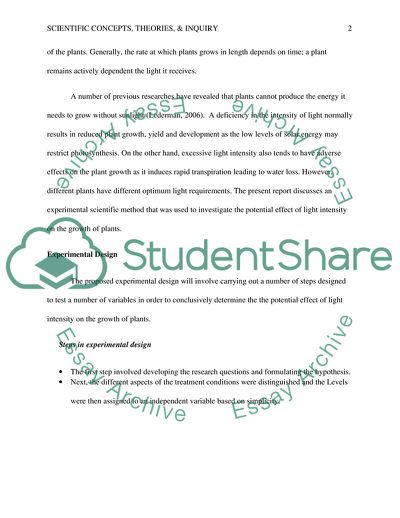Cite this document
(Effect of Light Intensity on Growth of Plants Research Paper, n.d.)
Effect of Light Intensity on Growth of Plants Research Paper. https://studentshare.org/biology/1866017-scientific-concepts-theories-inquiry
Effect of Light Intensity on Growth of Plants Research Paper. https://studentshare.org/biology/1866017-scientific-concepts-theories-inquiry
(Effect of Light Intensity on Growth of Plants Research Paper)
Effect of Light Intensity on Growth of Plants Research Paper. https://studentshare.org/biology/1866017-scientific-concepts-theories-inquiry.
Effect of Light Intensity on Growth of Plants Research Paper. https://studentshare.org/biology/1866017-scientific-concepts-theories-inquiry.
“Effect of Light Intensity on Growth of Plants Research Paper”. https://studentshare.org/biology/1866017-scientific-concepts-theories-inquiry.


